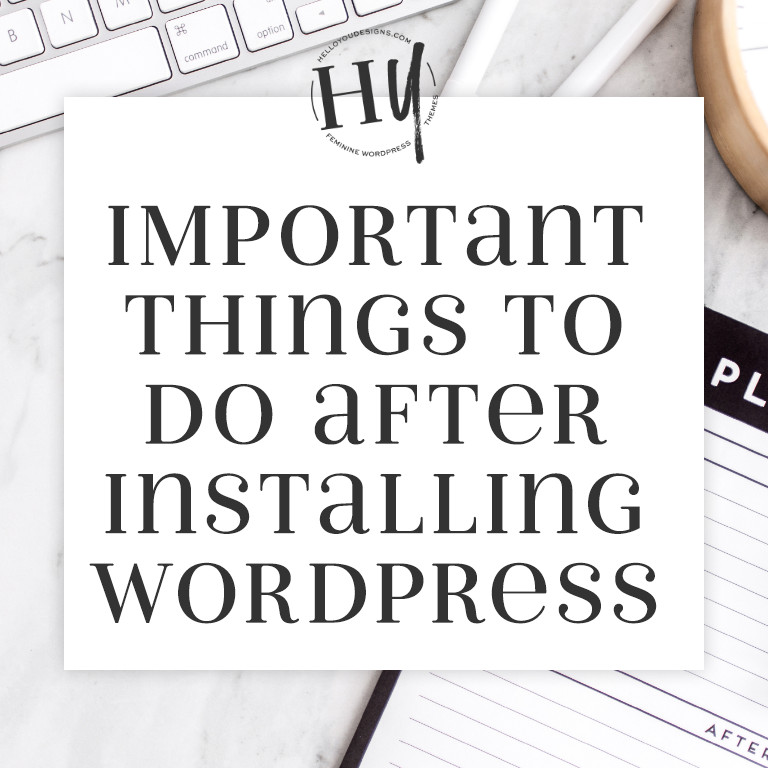Why You should be using Facebook Pixel
Facebook is a social media platform that your business needs to use effectively. It’s by far the largest social media platform, with over 2 Billion worldwide users and over 50 million business Pages. This presents a lot of competition for newsfeed space, which often results in very few of your followers actually seeing your business’ posts. Because of this, many business have turned to Facebook Advertising to increase their reach.
The good news is, Facebook Ads are inexpensive and Facebook makes it easy to get ads up and running. But, quick does not always mean efficient. Often, people are running ads unaware of the best practices that they should be following. The most important best practice that every business with a website should be following is using a tool called the Facebook Pixel.
![]()
What is the Facebook Pixel?
The Facebook Pixel (hereafter referred to just as “Pixel”), is a few lines of javascript. The Pixel is created within your Facebook Ads Manager. Creating the Pixel itself is as simple as clicking a button. Once created, Pixel needs to be installed into the header of your website. While this may sound daunting, WordPress makes the process VERY easy!
What does the Facebook Pixel do?
The Pixel is a powerful tool used primarily for Facebook Marketing. Even if you are not currently paying to advertise on Facebook, it’s worth your time to install the Pixel now. The Pixel retains data for up to 6-months, so installing the Pixel now, will benefit you if/when you do decide to advertise.
Remarket to your customers
With the Pixel installed appropriately on your website, you will be able to track the people who are visiting all or some of your webpages. These people can be put into audiences, then you can serve ads to these people, confident that they have an interest in your brand or product.
Optimize your Ad Campaigns
When you are ready to advertise you can run ads to the people most likely to buy your product or submit a lead to your business. This will help keep your expenses down and the return you see on your investment up!
Track your conversions
Pixel tracks and reports on data unlike any other existing analytical tools. Google analytics use Cookies for their tracking, which means everything is tied to the last click. Facebook Pixel, on the other hand is able to track actual people across devices and longer periods of time. The Pixel tracks based on your Facebook Profile and usage. For many of us, this means Facebook is able to track our actions on our cellphones, laptops, desktops, and work computers – anywhere you access Facebook.
Installing the Facebook Pixel
After creating the Pixel, it will need to be copied from your Pixel Dashboard (within Ads Manager) and pasted into the header of your website. Because the code needs to be installed on every single page of your site – installing the javascript into the header does this most efficiently.
Many people are nervous about making changes, edits, or alterations to the coding on their websites because if the Pixel breaks any other code sequences it can negatively impact the functioning of the site. Therefore, it’s not recommended that you edit the coding of your site without at least a general knowledge of how the coding works.
Installing the Facebook Pixel on WordPress
Because you have chosen WordPress to host your website, you are at an advantage. WordPress offers two plug-ins that make Pixel installation painless – even if you have no experience with coding at all!
Plug-In #1: Pixel Your Site
The Pixel Your Site plug-in is my preferred plug in for installing the Base Pixel. The lite version is free, and it’s all you need to install the Base Pixel. The upgrade allows you access to more advanced Pixel targeting. With “Pixel Your Site”, you will only need to copy the Pixel ID number (not all of the script) and paste the number into the plug-in. Ensure you check the box at the very bottom of the screen that says “Activate plugin general settings” above the “save settings” button.
Option #2: If you are using Genesis
If you are using a Genesis WordPress theme then you are in luck. Adding the pixel code to your site is as easy as copy/paste the entire pixel script to your Header Script section in the Genesis theme settings. You can do this by going to Genesis > Theme Settings > Scroll down the page and find the “Header Script” box. Copy the entire code to that spot and you are good to go.
Plug-In #2: Insert Headers and Footers
Another plugin that can effectively help with installing the Pixel is Insert Headers and Footers. Use this option if you are not using a Genesis Wordpres theme. This plug-in will create an area in your WordPress Settings where you will be able to inject code into the header and/or footer of your website. These codes will extend through all pages of your website. With this plug-in you do have to copy all of the Facebook Pixel code and paste it in the section. There is a little more room for user error here, as the Pixel will not work if it’s not copied in its entirety, and if you are using the plug-in for more than one coding project you will have to make sure that the codes are pasted in appropriately.
Helpful Facebook Pixel Tips & Tricks
- Because the Pixel is created within your Facebook Ad Account, and is limited to one Pixel per Ad Account. If you have more than one business, you will want to create a new Ad Account (and Pixel) for each business.
- Facebook Pixel Helper is an extension for your Chrome browser that will help confirm that the Pixel is installed correctly on every page of your website.
- Once the Base Pixel is installed, you will want to set up tracking for each step on your customer journey/sales funnel – this way you can track and optimize for the actions that matter most to you. Examples are: leads, purchases, adding an item to a cart, initiating checkout, search inquiries, and more.
The Facebook Pixel is a powerful tool for any business who is currently advertising on Facebook, or may plan on doing so in the future. Facebook Ads are inexpensive, highly targeted, and known for their high return on investment. If you don’t have Pixel installed on your website, now is the time to do so. WordPress, and it’s powerful plug-ins, make leveraging the power of the Pixel easy!






